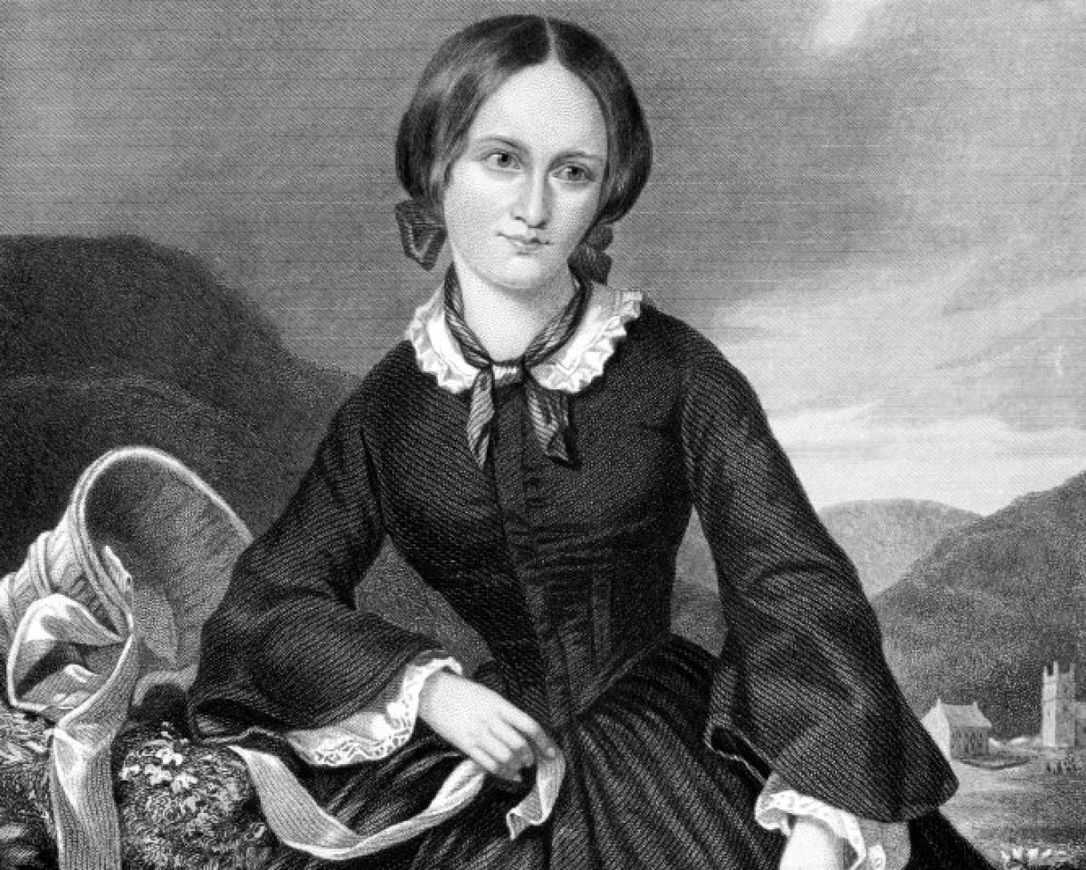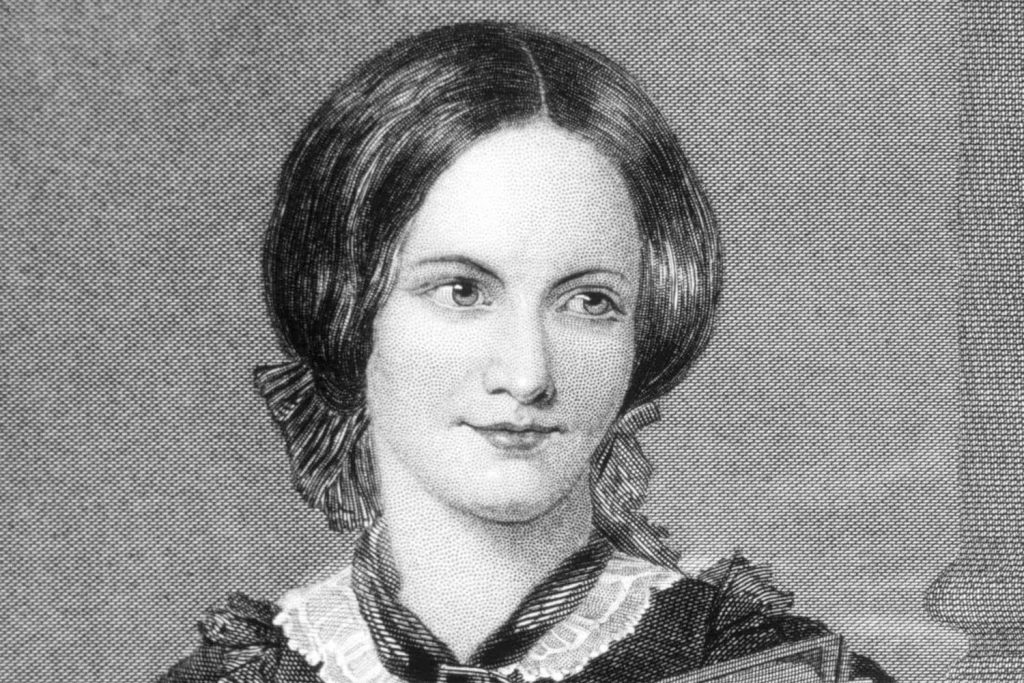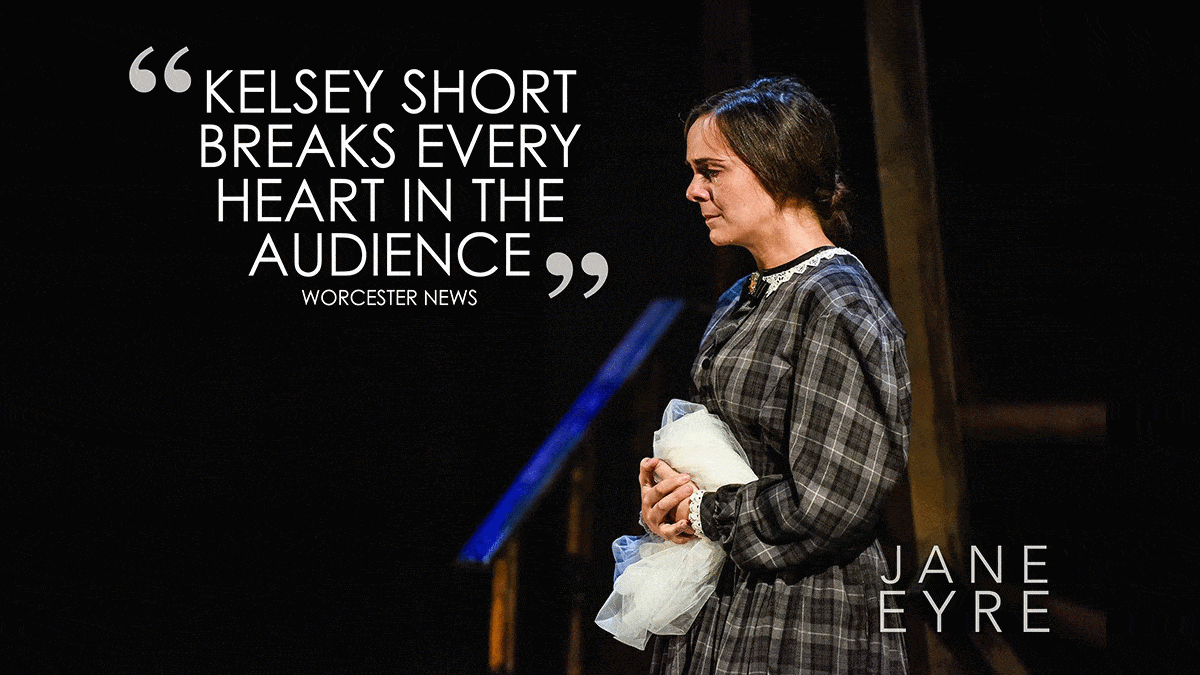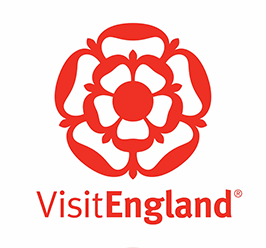Ahead of Blackeyed Theatre’s production of Jane Eyre at The Atkinson (8 & 9 Nov), we find out more about author Charlotte Brontë and what led her to write the gothic masterpiece.
Showtimes: Friday 8 Nov: 7:30pm / Saturday 9 Nov: 2pm & 7:30pm
Charlotte Brontë
Charlotte Brontë, born on 21st April 1816, in Thornton, West Riding of Yorkshire, was the third of six children born to Rev. Patrick and Maria Brontë. Charlotte had a unique childhood but one also tainted by tragedy. When she was just five years old, Charlotte’s mother died and this was closely followed by the tragic deaths of her two elder sisters Maria and Elizabeth, aged just eleven and ten. They died from consumpt ion in harsh conditions of the Clergy Daughters’ School at Cowan Bridge, Lancashire to which they were sent by their father. It was surely this, along with her own experiences when she was sent to the school in 1824, that contributed to Charlotte’s portrayal of Lowood school in Jane Eyre.
ion in harsh conditions of the Clergy Daughters’ School at Cowan Bridge, Lancashire to which they were sent by their father. It was surely this, along with her own experiences when she was sent to the school in 1824, that contributed to Charlotte’s portrayal of Lowood school in Jane Eyre.
Patrick Brontë continued the education of Charlotte, Emily, Anne and their brother Branwell at home, with the support of their aunt, Elizabeth. The children received a broad and stimulating education that allowed their creativity to flourish. Inspired by the tin soldiers given to them by their father, the siblings became adept at creating vast mythologies set in fictional and fantastical worlds. They chronicled these epic tales in diaries, homemade magazines and even on scrap paper such as sweetie bags, creating tiny books that they would give to the toy soldiers to read. In adolescence they went on to produce elaborate episodic sagas, which became their main preoccupation and prepared them for literary vocations in adulthood. Charlotte also wrote her first poem aged 13 and would go on to write over 200 poems in her life.
In 1831 Charlotte became a pupil at Roe Head School, but the maternal care she felt for her remaining younger sisters drove her to leave the school after just one year to teach them at home. She would return to Roe Head School as a teacher and go on to work as a governess for a number of different families, an experience she would report as unfulfilling. Charlotte’s challenging experiences as a governess would inform Jane Eyre’s experiences as a governess at Gateshead Hall.
In 1842 Charlotte and Emily moved to Brussels to complete their studies with a view to returning and setting up their own school. However, when Emily returned to England Charlotte remained in Brussels until 1844, perhaps influenced by an unrequited love for the school’s headmaster, who provided Charlotte with essential literary training and guidance, though nothing more. The period in Brussels served as a crucial time of reflection and refinement, and provided all sorts of material for the novels Charlotte would go on to write.
Charlotte attempted to set up the school as planned, but the idea never came to fruition, perhaps an indication that her ambitions lay elsewhere. The discovery in 1845 of some of Emily’s poetry resulted in the joint publication of a volume of poetry by Charlotte, Emily and Anne published under the pseudonyms Currer, Ellis and Acton Bell. By concealing their gender it was hoped that the sisters would avoid the prejudice and scepticism levelled at female writers of the time. Charlotte would go on to publish her other novels, including Jane Eyre under the same nom de plume.
The publication of the volume of poetry opened the way for the sisters to put forward for publication novels they had written, and though Charlotte failed to place her novel The Professor: A Tale, she was able instead to interest the publishers with the almost complete Jane Eyre: An Autobiography, which was more appealing due to its greater level of action and excitement. The novel was published less than eight weeks after submission and was immediately popular. The unusually authentic first person female perspective set people talking and there was much speculation about the identity of the author, which was exacerbated by the publications of works by Ellis and Acton Bell. It was only when people started to suspect that the author was female that ‘Jane Eyre’ began to receive criticism that Jane Eyre Media Pack – Page 15 of 25 the content was ‘coarse’, as well as concerns that it set out to overthrow the natural order of society.
The commercial success of Jane Eyre brought with it Charlotte’s introduction to a great many friends in prestigious literary social circles; Elizabeth Gaskell and William Makepeace Thackeray were among her associates. She had begun to work on the manuscript of her second novel Shirley when her writing was halted by the deaths, in quick succession, of her siblings. Branwell, Emily and Anne died within only eight months of each other and Charlotte only took up the pen again as a means of dealing with her grief.
This lead to the creation of Villette in 1853, which was published just before Charlotte married her father’s curate Arthur Bell Nichols, a proposal she had initially declined but later agreed to after advice given to her by Elizabeth Gaskell. It is thought that although she was initially not enamoured by the union, Charlotte went on to experience a previously unknown happiness. She fell pregnant soon after the wedding but sadly this happiness did not last. Charlotte and her unborn child died on 31st March 1855. Her death was thought to be due to dehydration and malnourishment brought about by severe morning sickness. She is buried in the Brontë family vault in St Michael’s church in Haworth.
Posted on 8 November 2019 under General news








